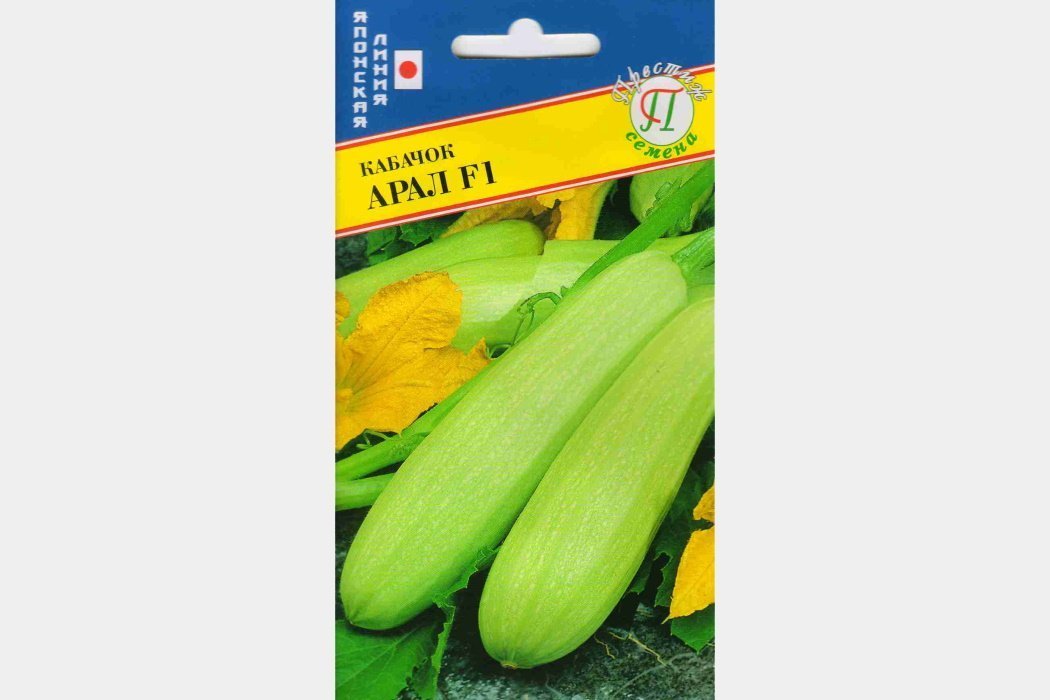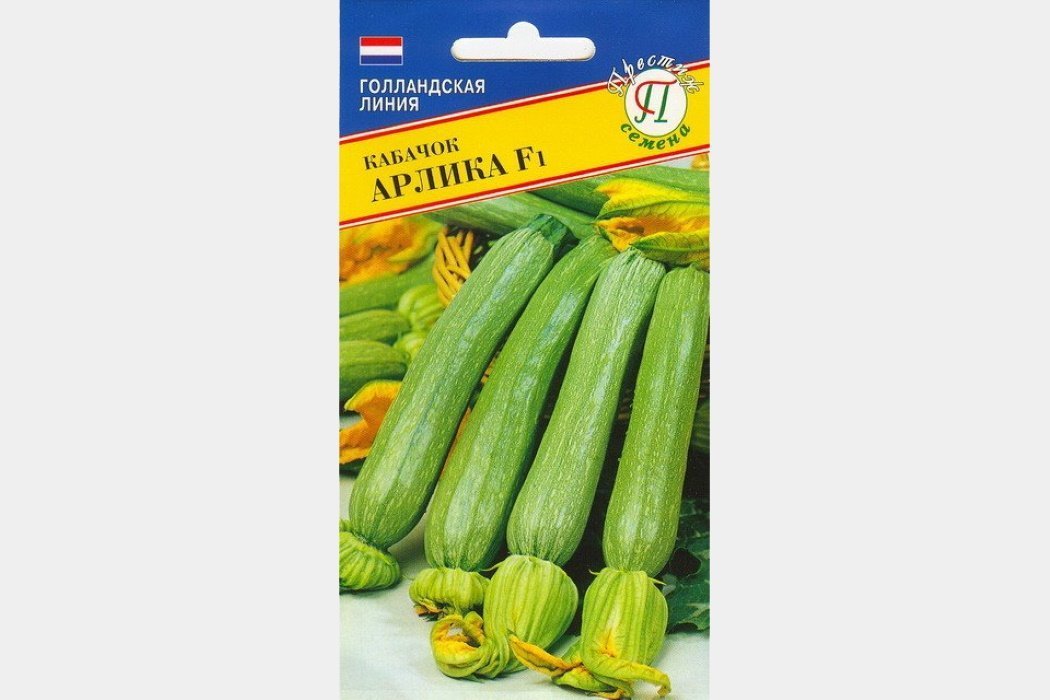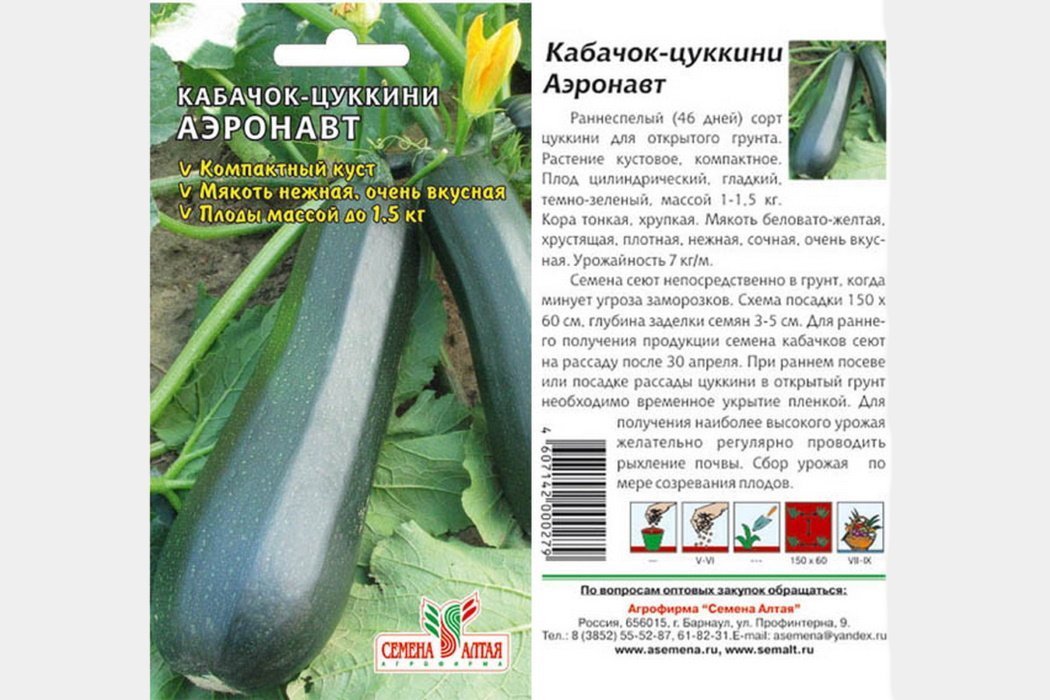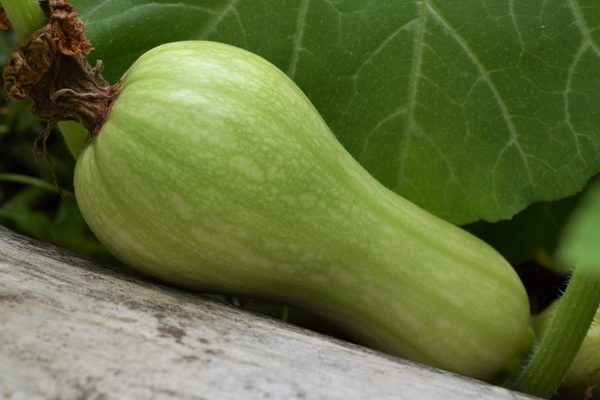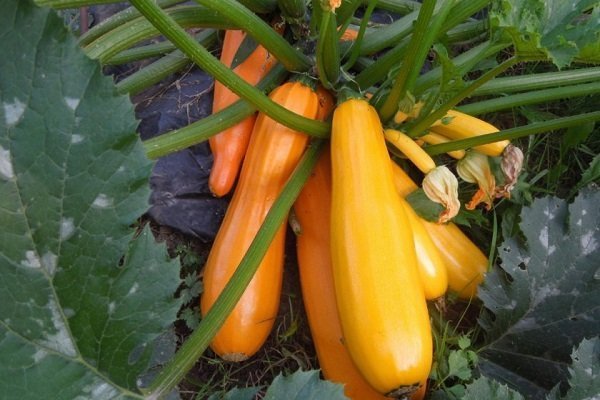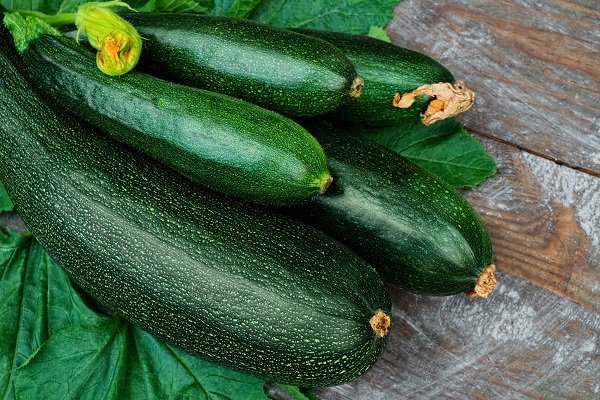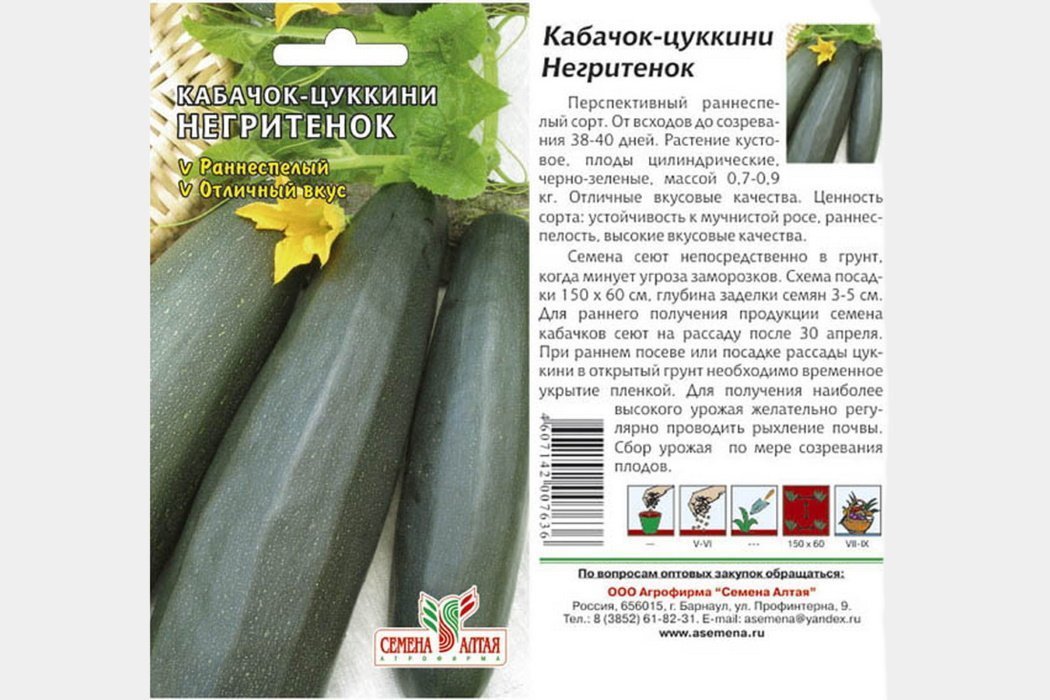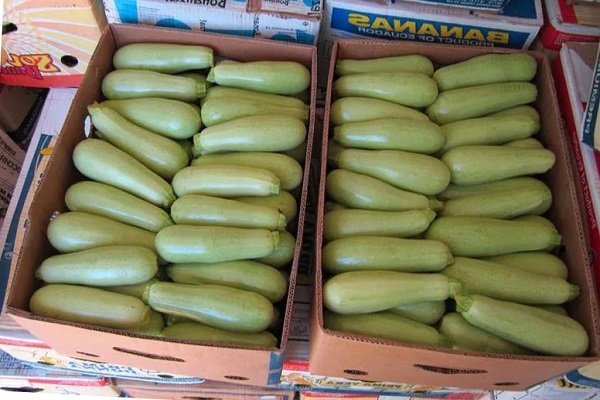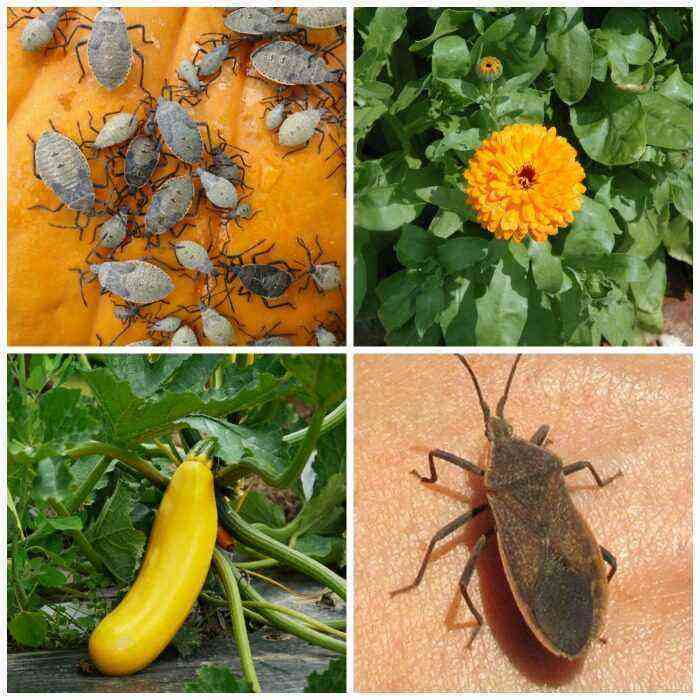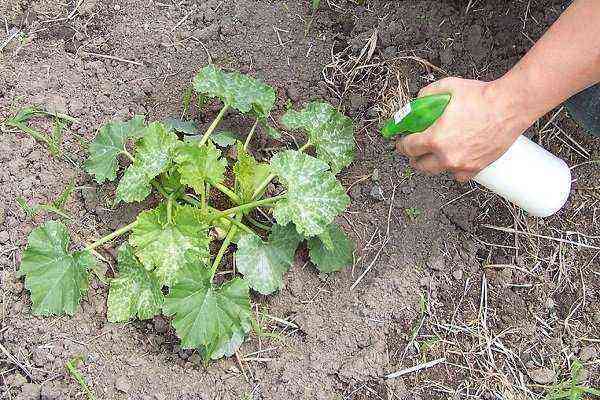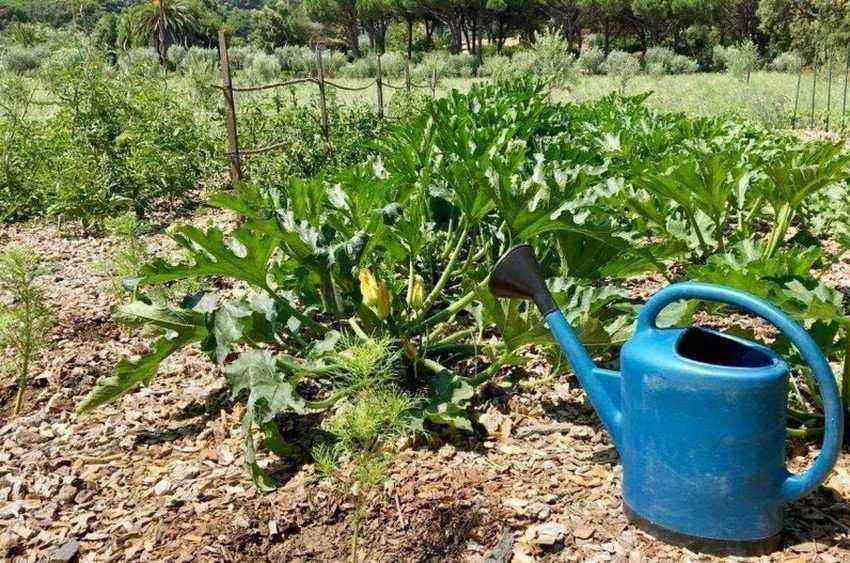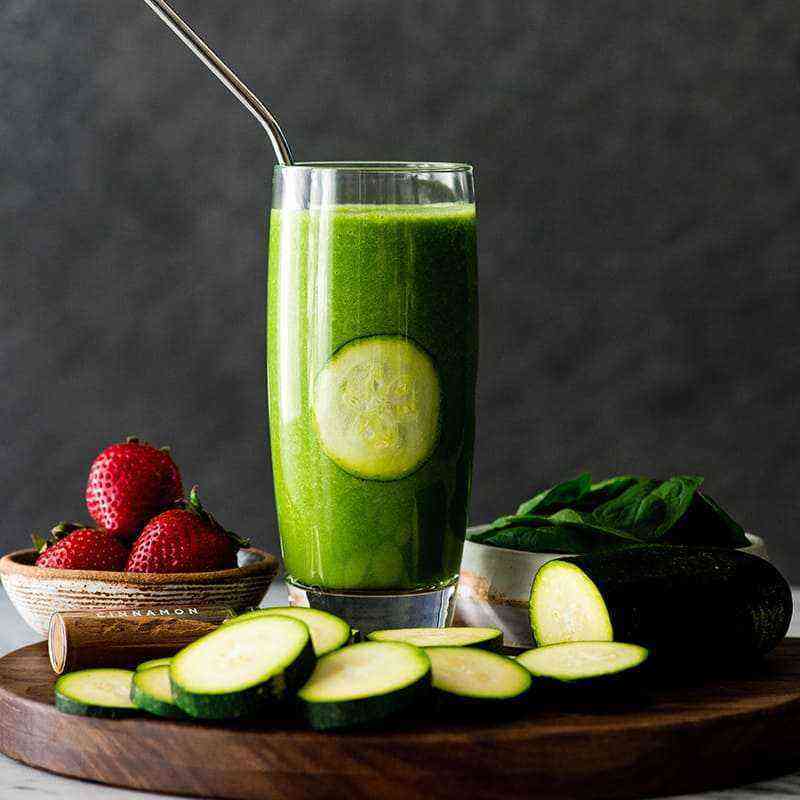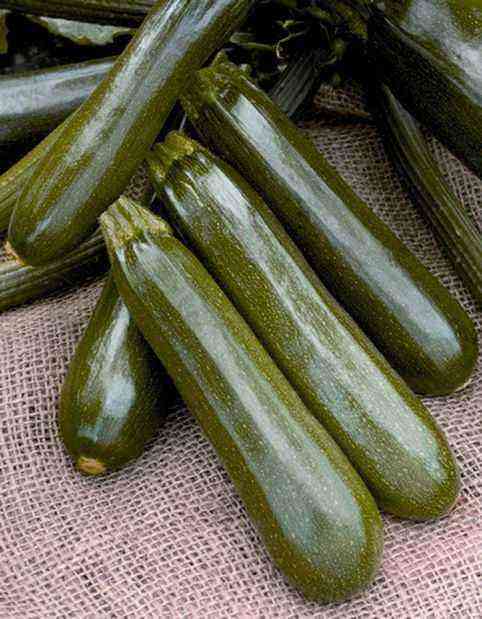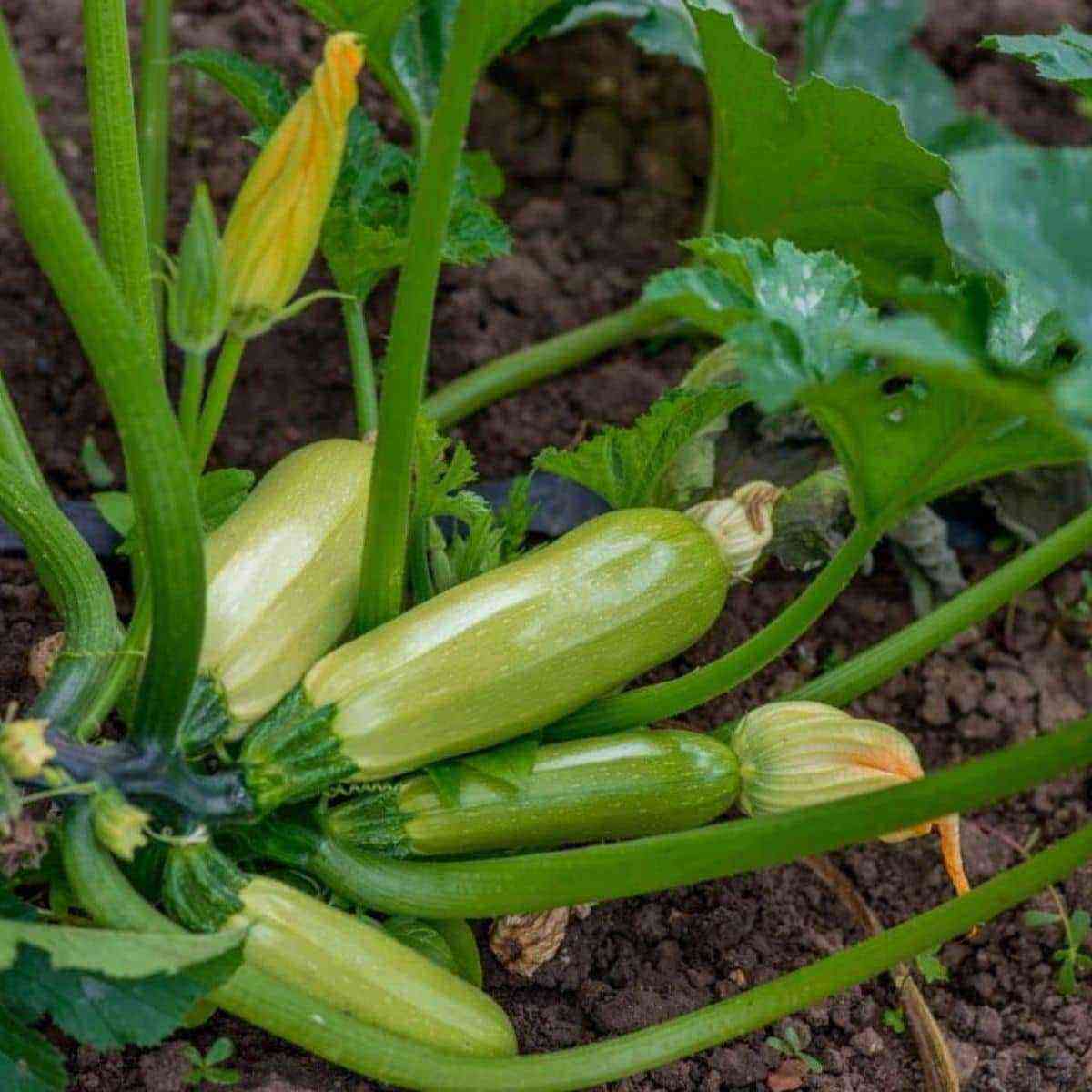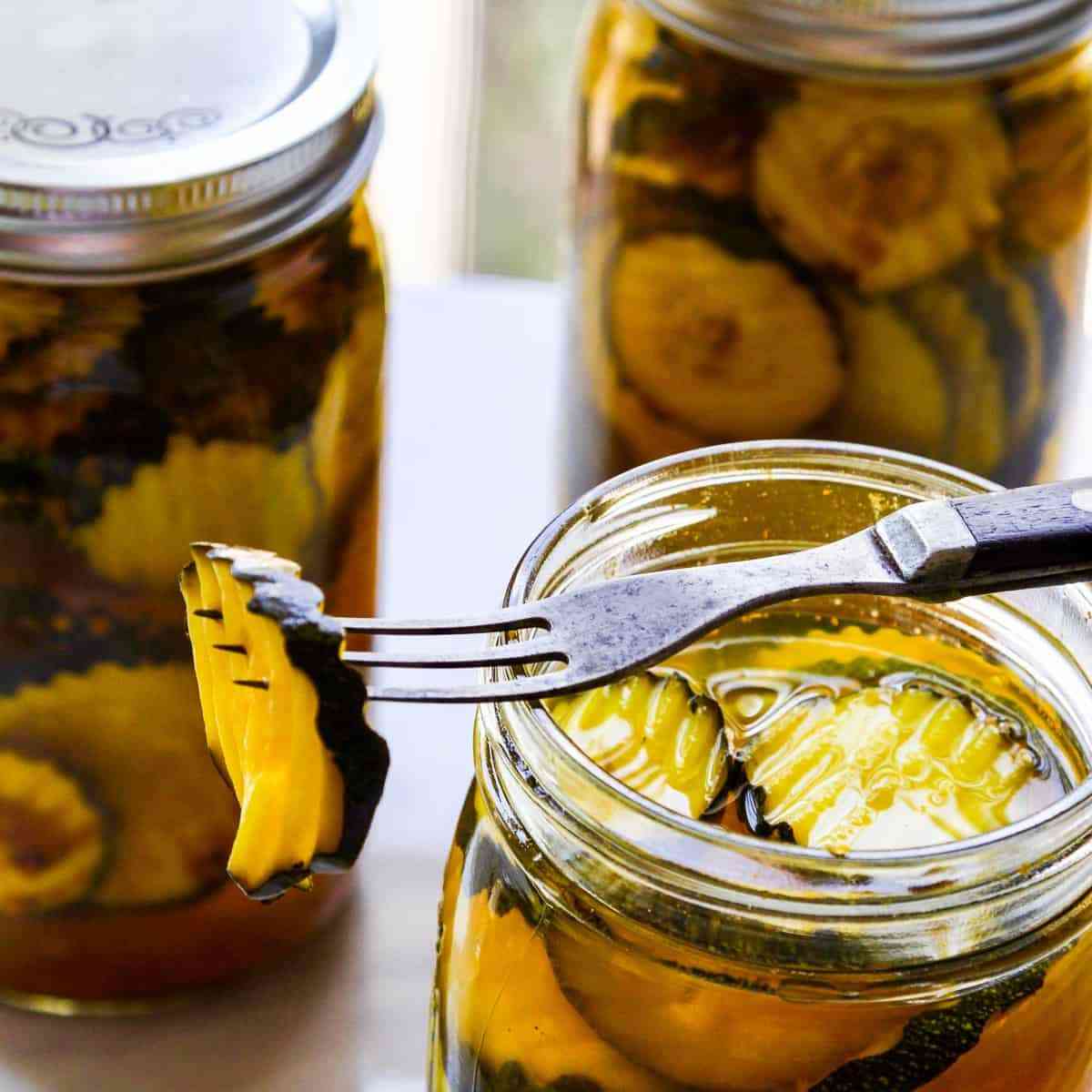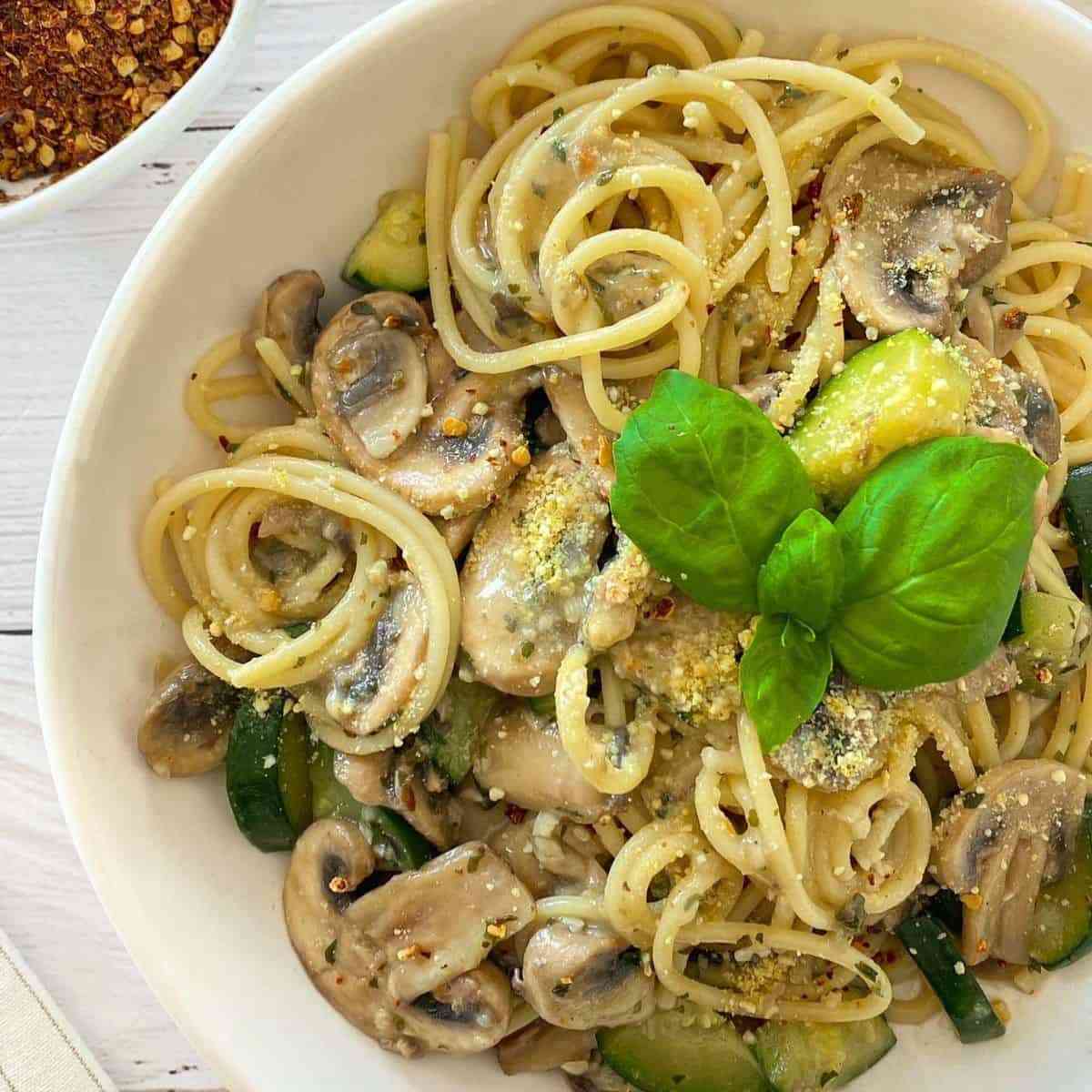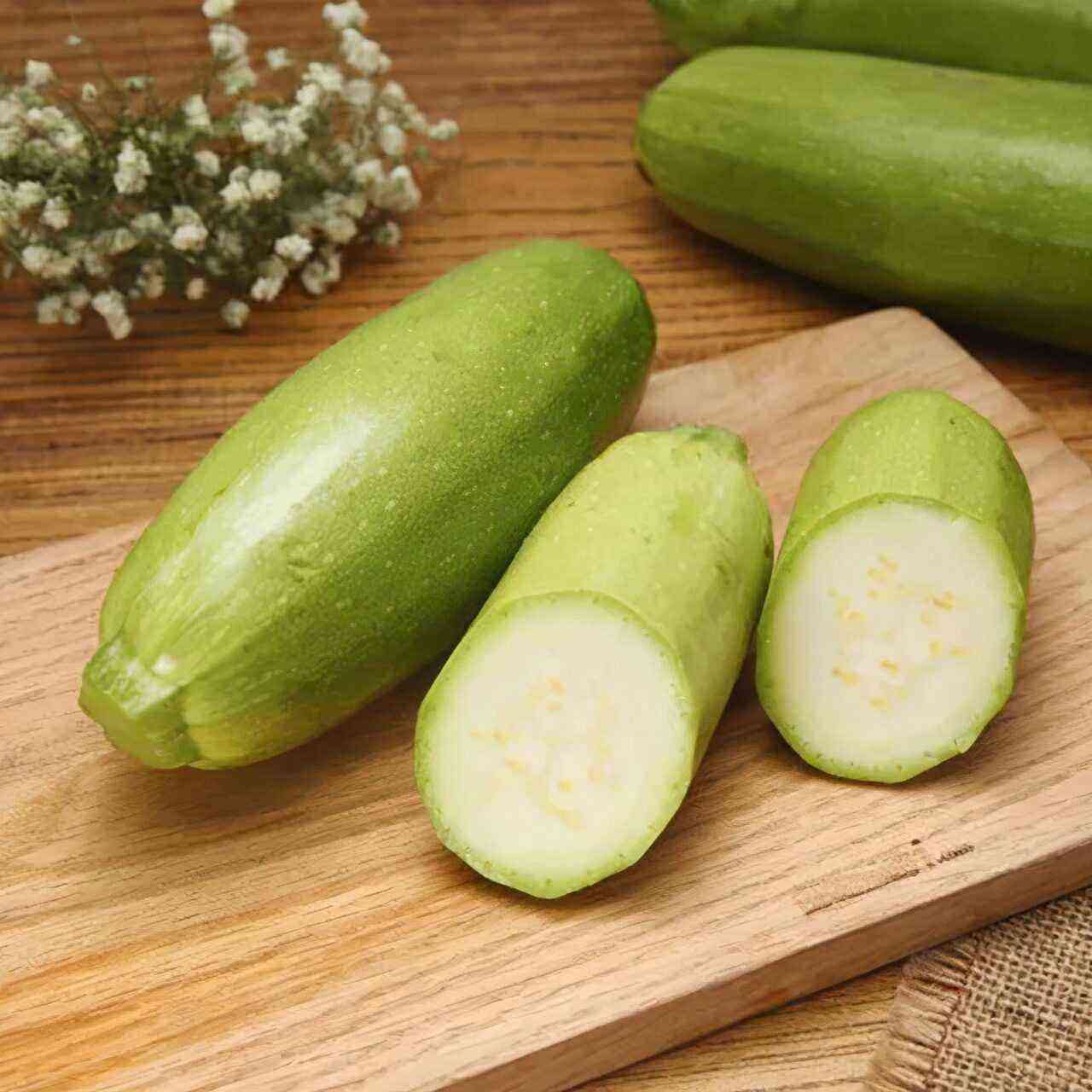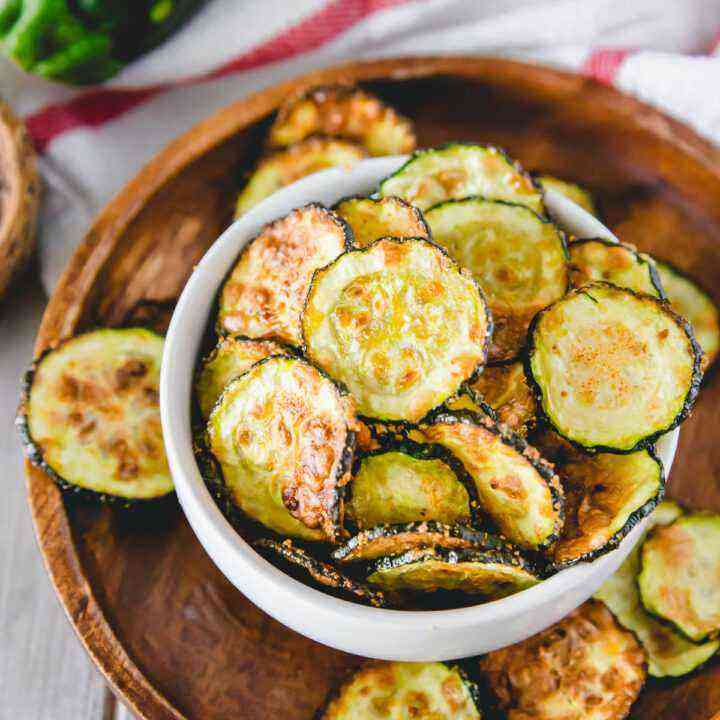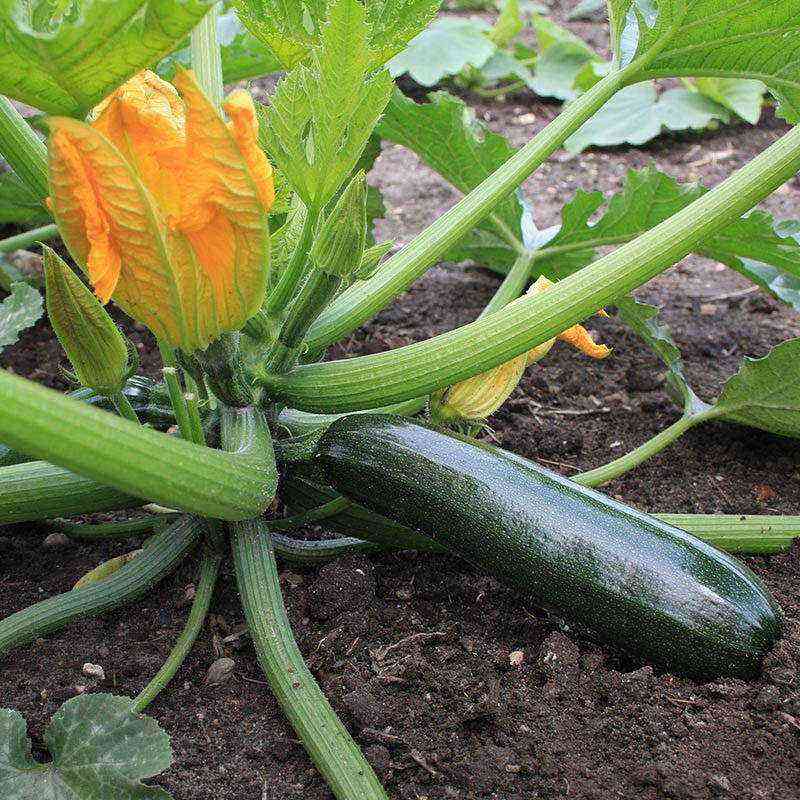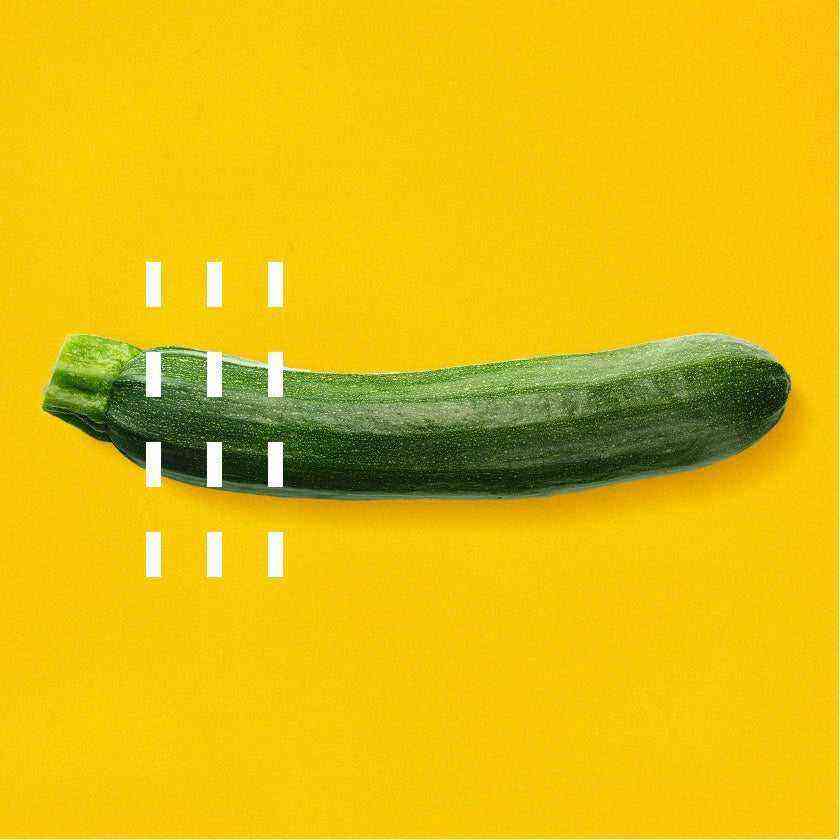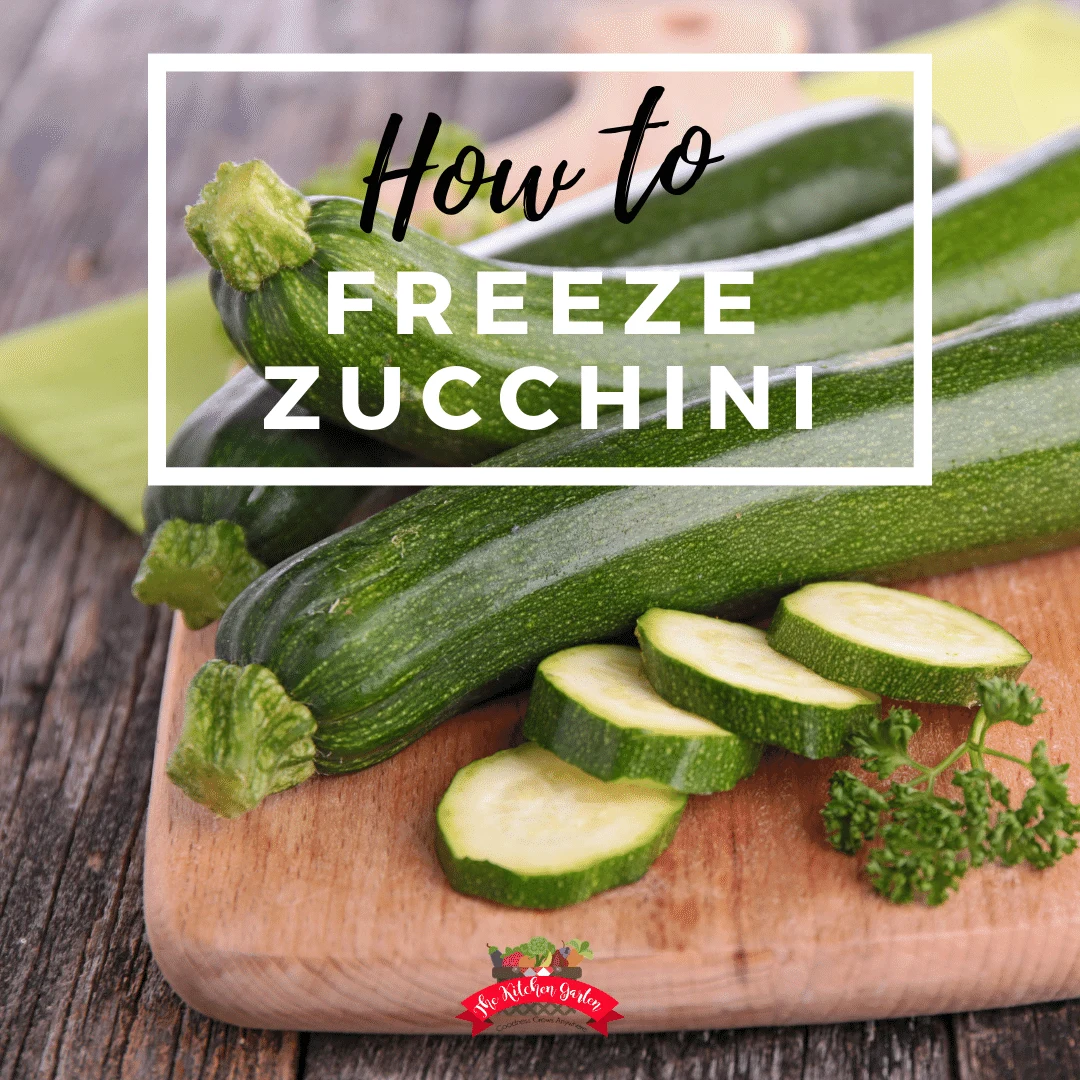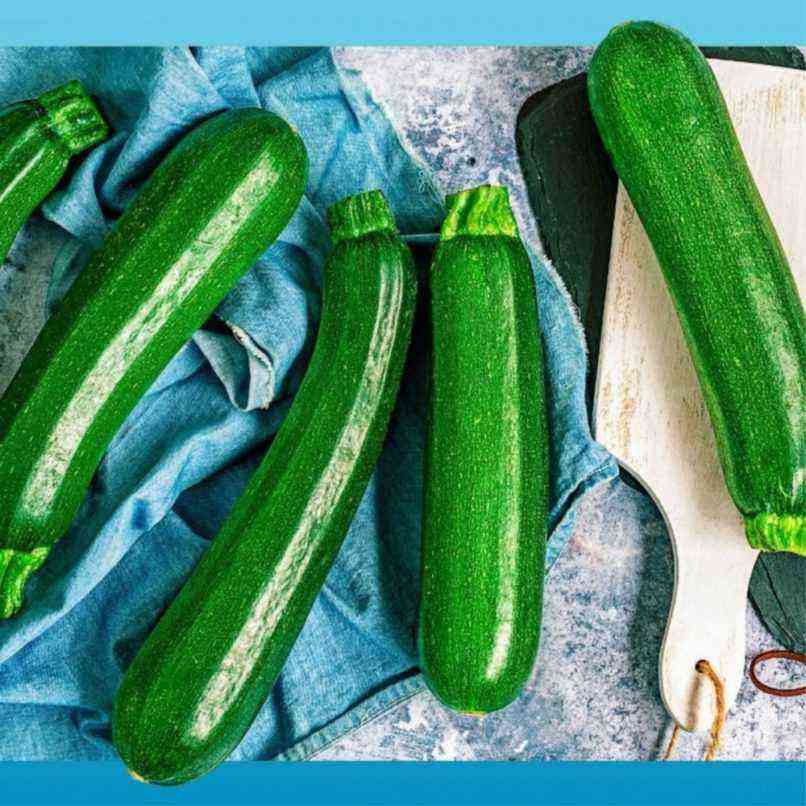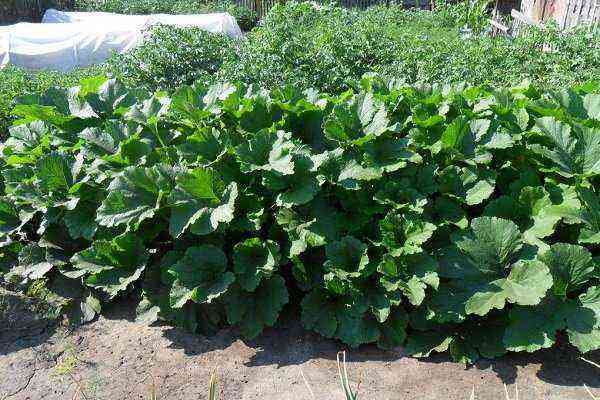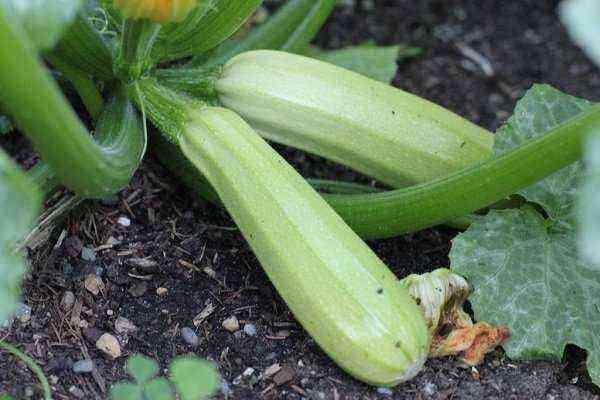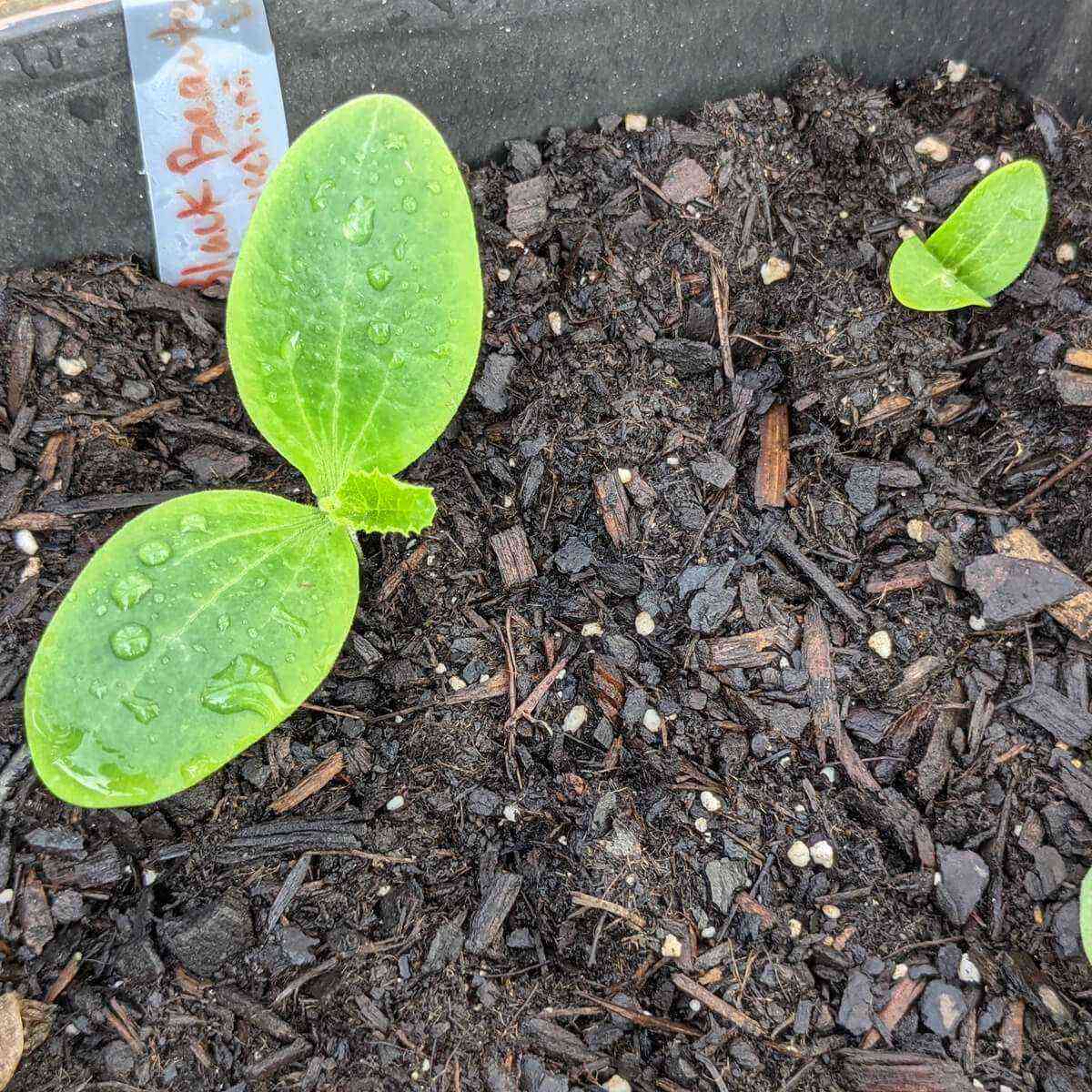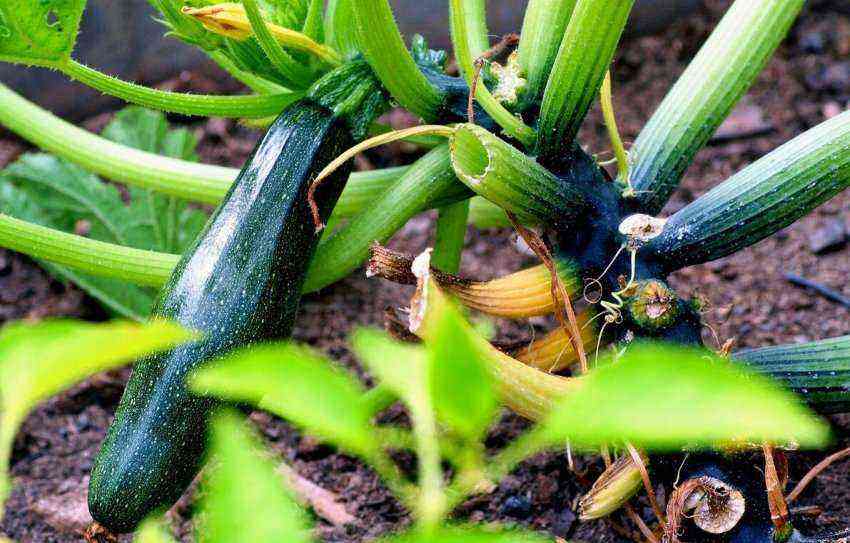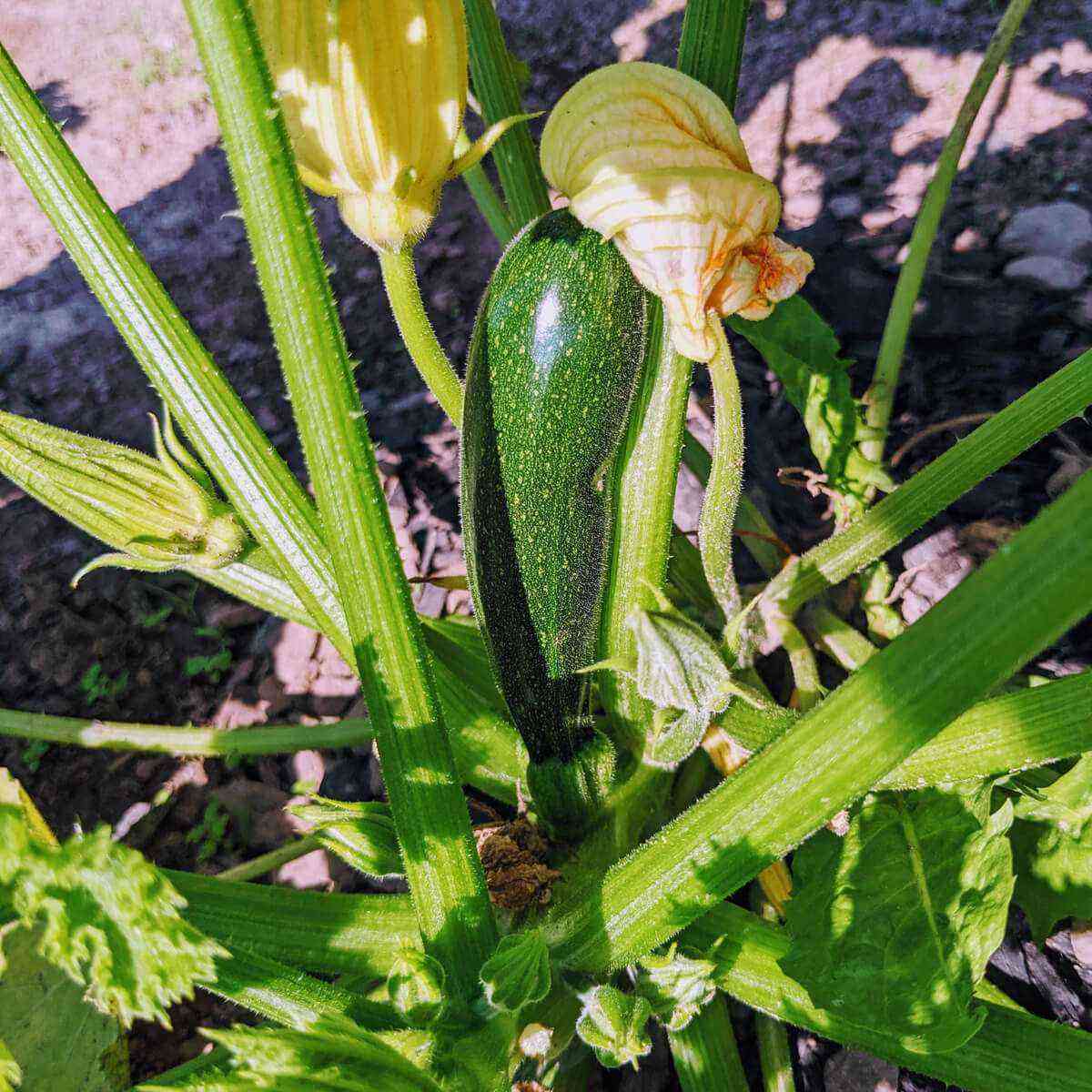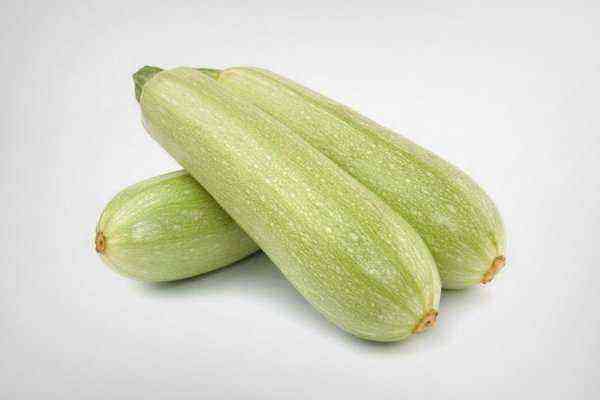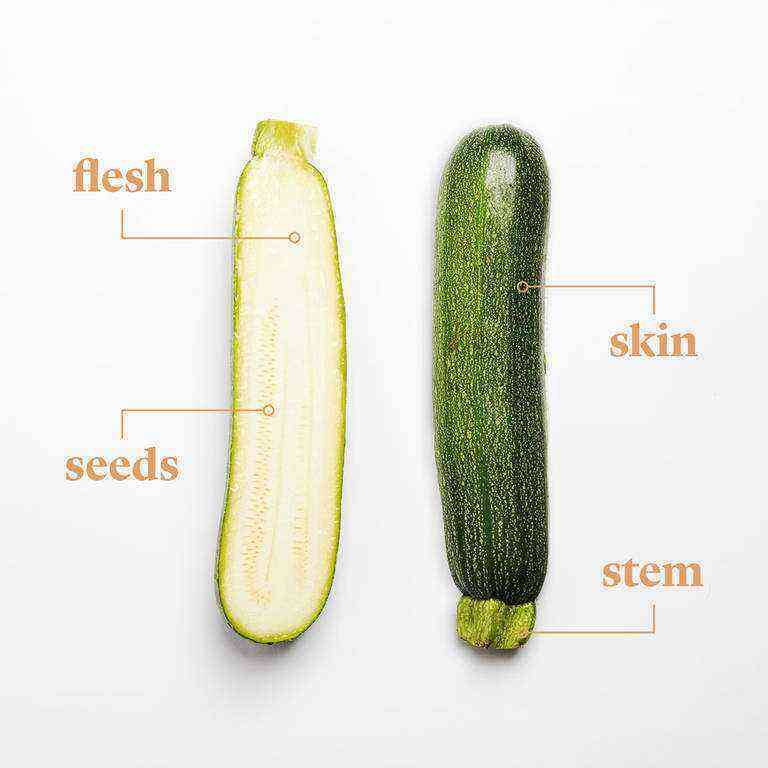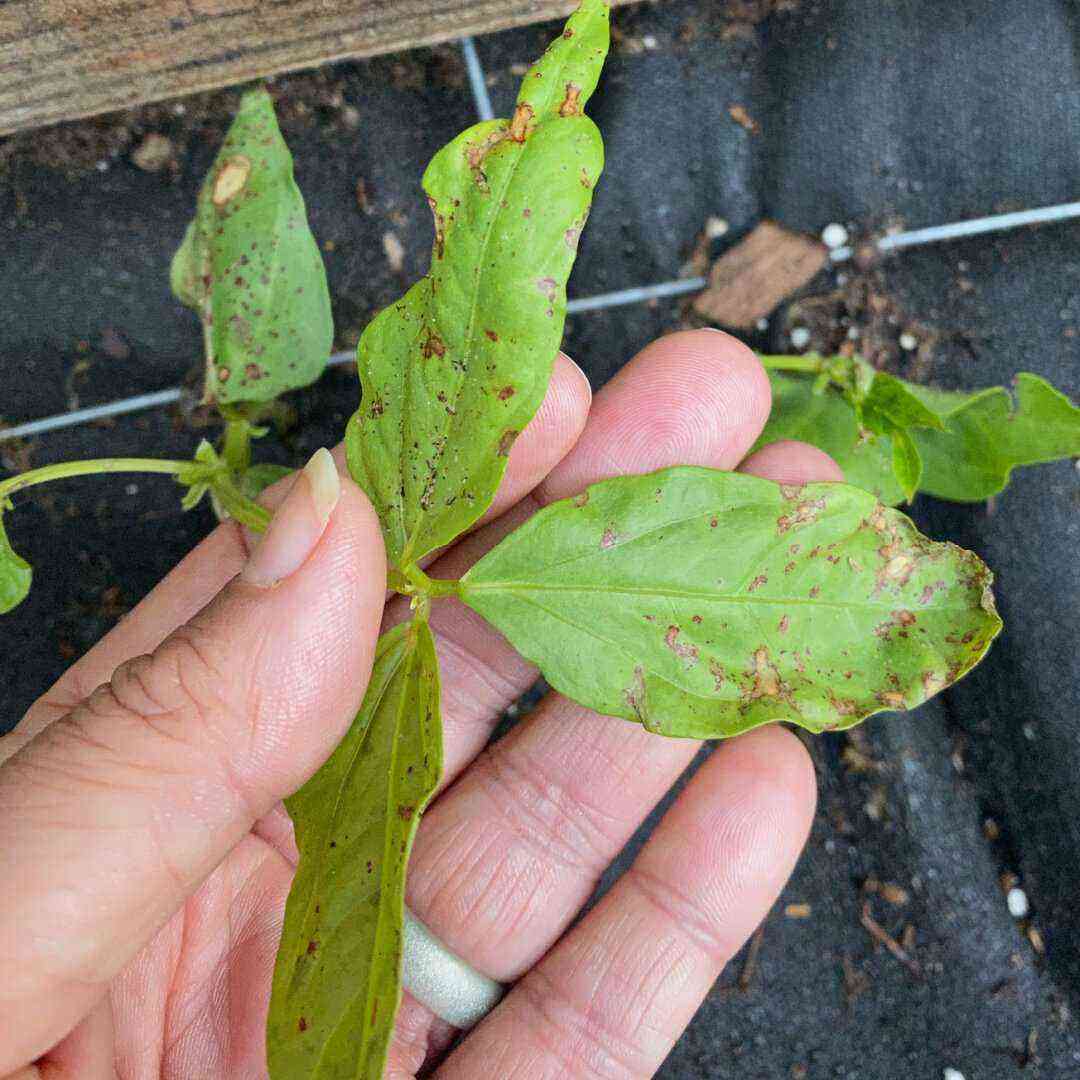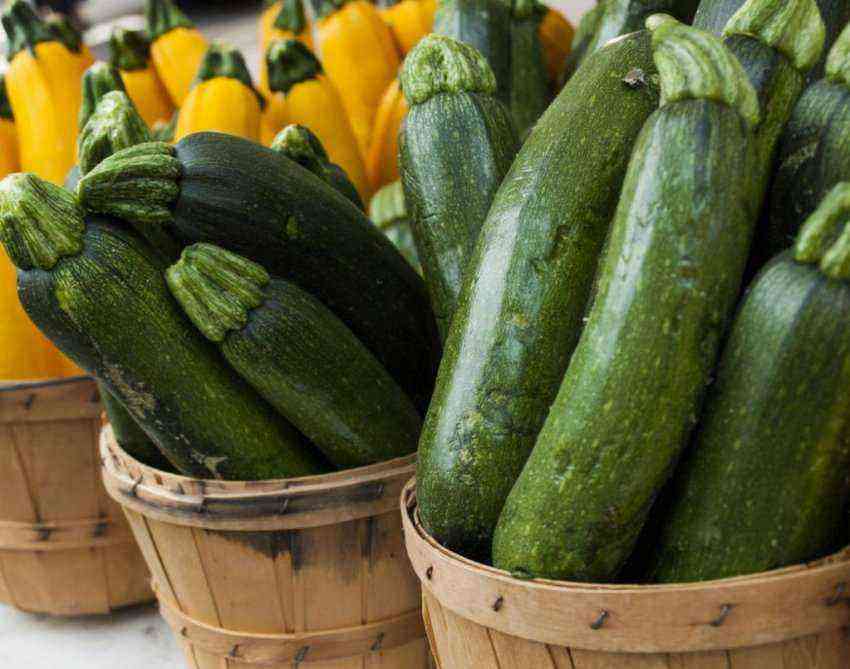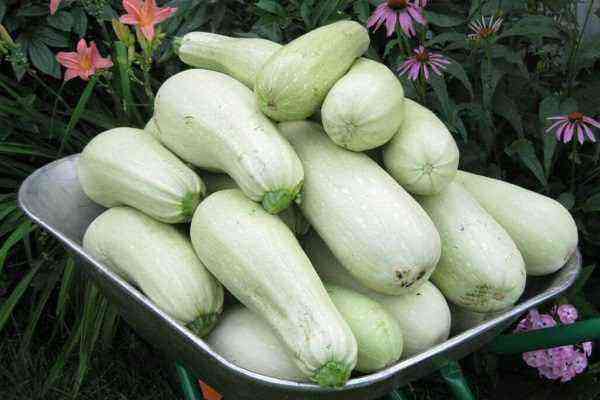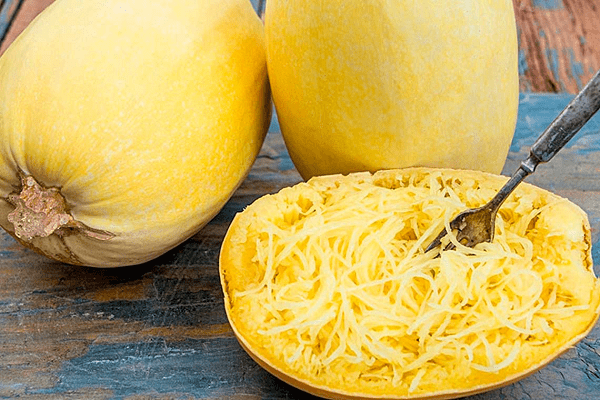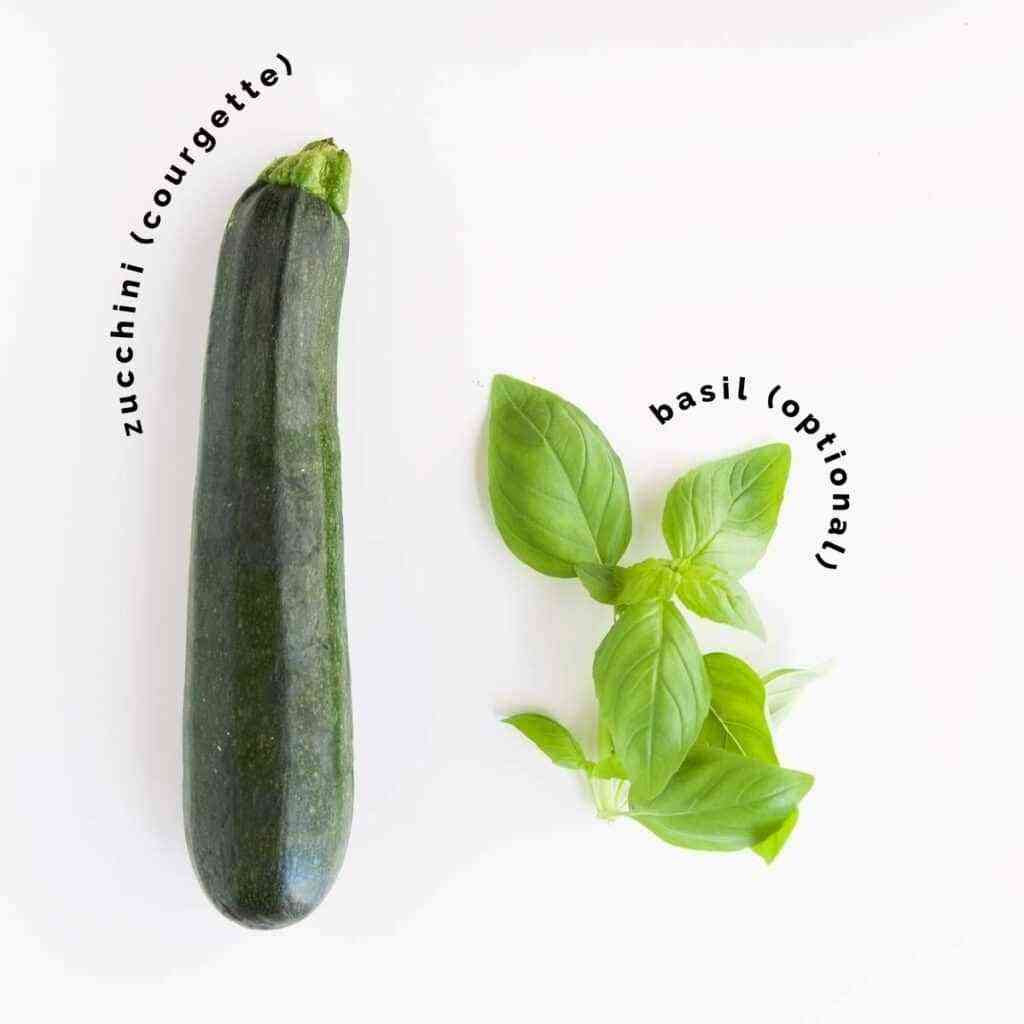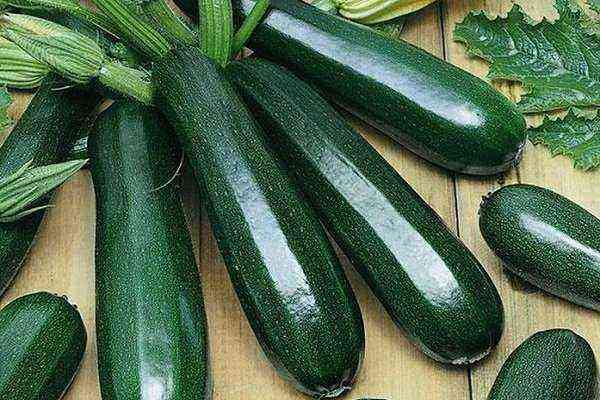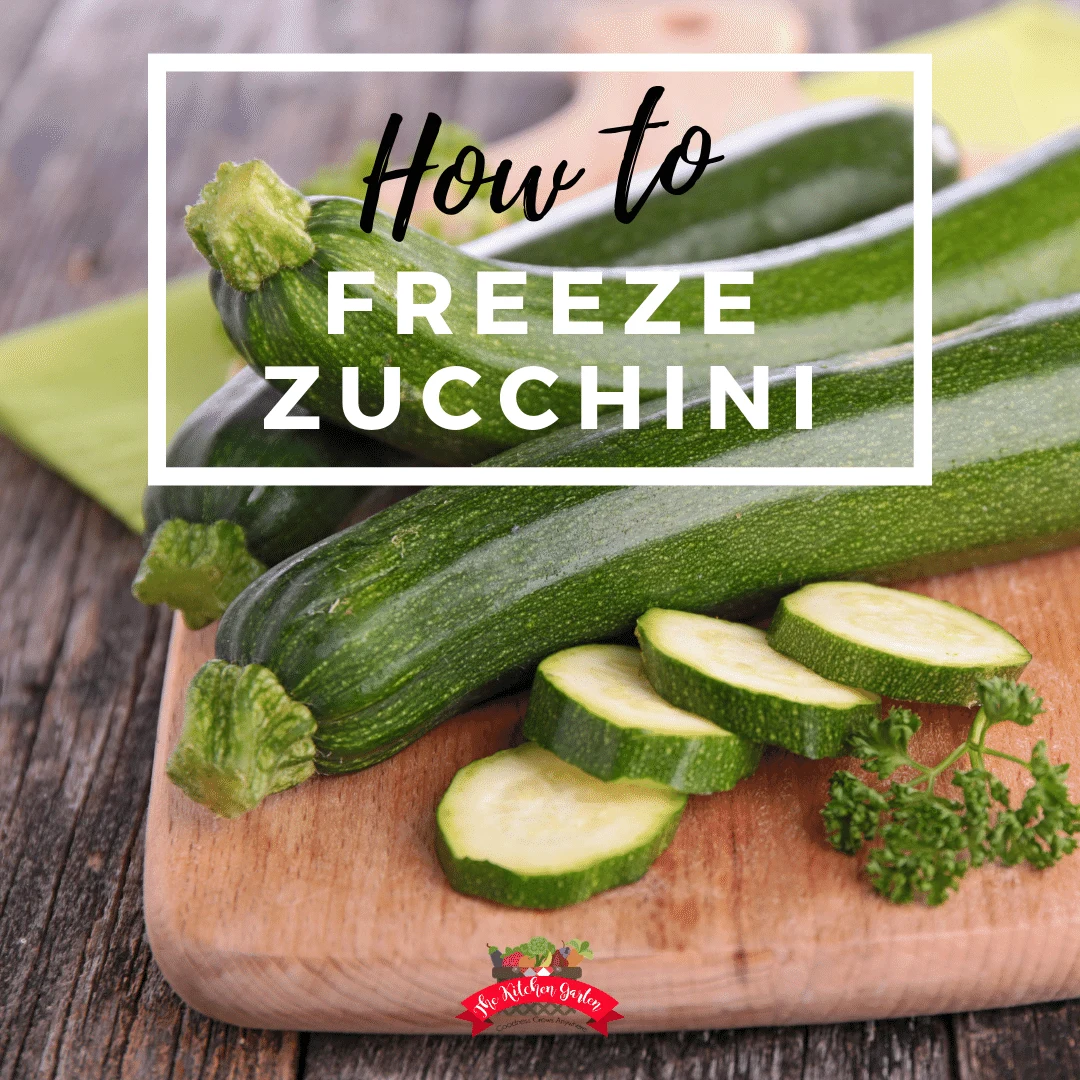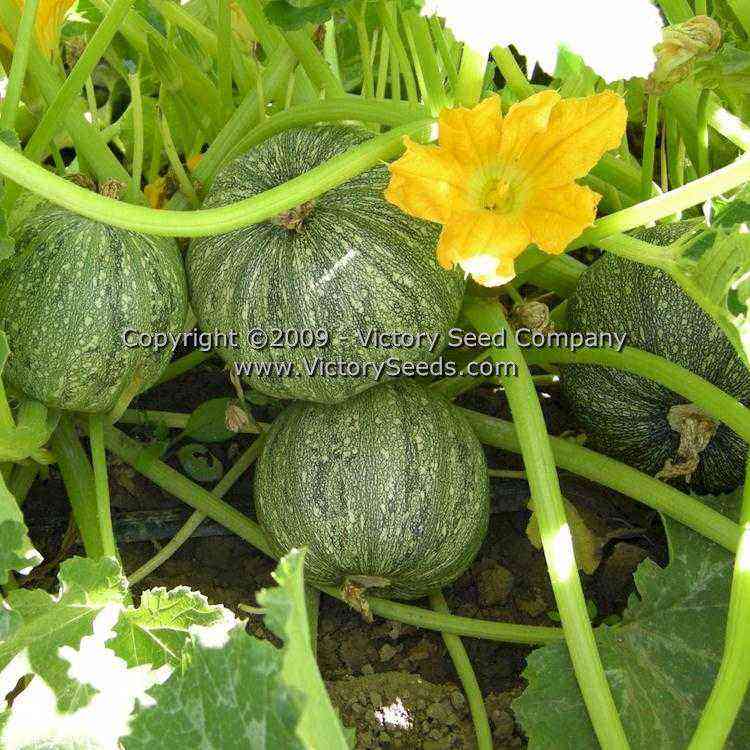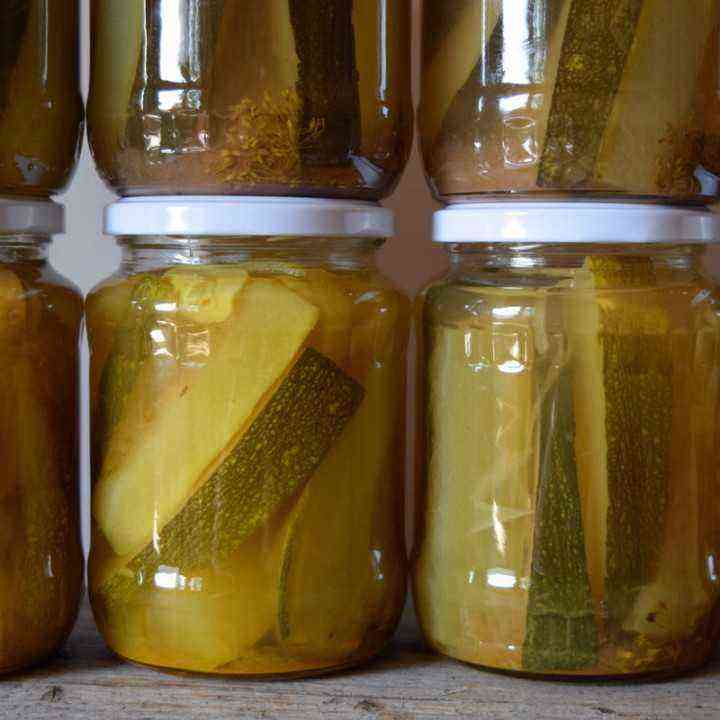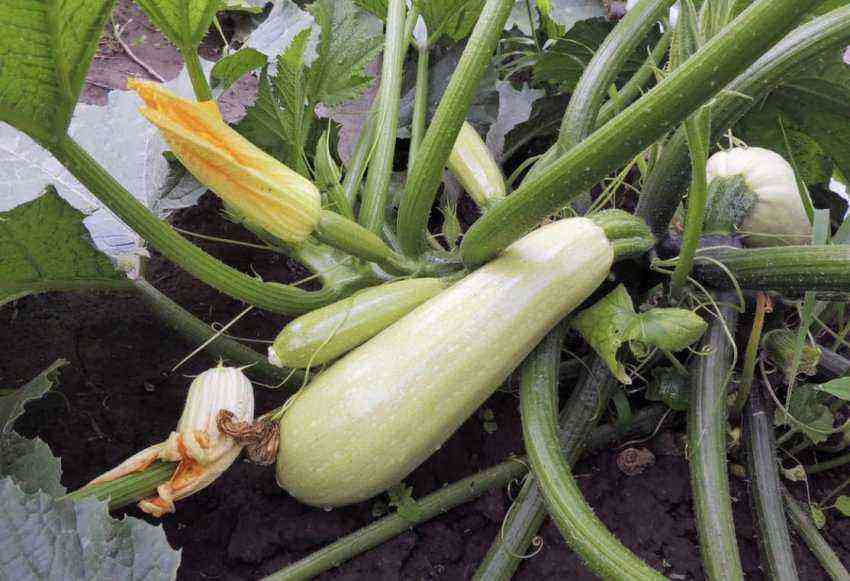Zucchini is successfully stored for several months, but this applies only to certain varieties. For the long-term preservation of the crop, its proper assembly and preparation is important. There are different options for storing zucchini, in each case there are certain features.
Varieties of zucchini suitable for long-term storage
An important condition for long-term preservation is the correct choice of variety. For good keeping quality, you need a dense peel, a small amount of small seeds. The following varieties meet these conditions:
- Aral Sea. Hybrid variety, ultra-early ripening in 35-40 days. Fruits weigh up to 0,8 kg. Very high yield – up to 22 kg per 1 sq. m. The fruits are cylindrical, the color is pale green, slightly pronounced ribs. The length of the fruit is 15-20 cm, the pulp is dense and tender, the seeds are large.
- Arlika. Dutch variety, average ripening time – 50-65 days. The fruits grow up to 15-17 cm, weight 0,8 kg, light green peel with a dark mesh. The pulp is juicy, but loose. Brings up to 6 kg from 1 square. m.
- Aeronaut. This is a zucchini zucchini, early ripening, takes 45 days. The fruits grow approximately 15-20 cm long, weighing up to 1,5 kg. A variety with high productivity – up to 7 kg per 1 sq. m. Fruits can be stored for 4 months.
- Gribovsky 37. An unpretentious hybrid, the average ripening time is 45-55 days. Light skin, fruits grow 17 cm, average weight – 1 kg. The variety brings up to 9 kg from 1 square. m.
- pear-shaped. The name of the variety is associated with its shape – the fruits thicken towards the base. The peel is pale yellow, the fruit weight is up to 1,4 kg. Ripening after 50 days, yield – up to 9 kg per 1 sq. m. Juicy and fragrant orange pulp. The peel is very dense, the fruits are stored for a long time.
- yellow-fruited. Domestic variety, early ripening – 45 days. Fruits of sunny yellow color with a saffron mesh resemble bananas, grow up to 20 cm, average weight – 1 kg. The variety brings up to 18 kg from 1 square. m.
- Gold cup. Hybrid bush variety, early ripening. One bush at the same time brings 5-6 fruits 16-20 cm long and weighing 1 kg. Harvest perfectly stored until February.
- Marquise. Hybrid variety, earlier ripening – 40-45 days. The fruits are dark green with white pulp, grow up to 45 cm, average weight – 3,5 kg. 1 sq. m can bring up to 11 kg. The variety is resistant to temperature changes, excellent for transportation.
- Negro. Hybrid variety, early ripening – after 40 days. The fruits are dark green in color, small whitish dots are possible. The pulp is greenish-white in color, the average fruit weight is 1 kg. The harvest is large, up to 18 kg per 1 square. m.
- Tristan. Hybrid squash-zucchini, ultra-early ripening – 35 days. Fruits with a smooth dark green skin and delicate white contents, length 25-30 cm, average weight – 1 kg. 1 sq. m plantings brings up to 15 kg of zucchini.
- Festival. An unusual variety, the fruits of their rounded shape resemble a pumpkin. The colors alternate with stripes of different colors: greenish, bright yellow, whitish, almost black. Fruits weigh 0,5 kg each, the average yield is up to 6 kg per 1 sq. m. Excellent keeping quality – the crop is well preserved up to 10 months.
- Anchor. Hybrid variety, matures in 40 days. The fruits are pale yellow, the pulp is the same, the average weight is 1 kg. The harvest is good, up to 12 kg per 1 square. m.
It is necessary to pay attention not only to the yield of zucchini, the dimensions of the fruits and their keeping quality, but also to take into account the characteristics of cultivation. This applies to the recommended regions and conditions of care.
Preparing vegetables for storage
In order for the shelf life to be as long as possible, competent preparatory measures are required. The following points are important:
- Harvesting before frost. Frozen zucchini loses taste and keeping quality.
- The fruits from the bush must be cut with a sharp knife, leaving 5-7 cm of the stalk. It is not allowed to pull the zucchini, twist the stalks – all this will affect the shelf life.
- Cuts on the stalks – the risk of decay and disease. This can be avoided by processing before storing zucchini for storage. For this, sifted wood ash, crushed chalk, crushed activated carbon, liquid wax or paraffin are suitable.
- The fruits should be carefully peeled off the ground and left in the sun.. Washing is prohibited, if necessary, you can get rid of dirt with a slightly damp cloth.
- Crop culling. Only healthy fruits are suitable for storage, signs of disease or pest damage are unacceptable. The shape of the zucchini should correspond to the description of the variety, the size is medium. Overripe fruits are not suitable for storage.
Due to the strong pruning of the stalk, the shelf life of zucchini suffers. The same is observed in the presence of mechanical damage.
Storage conditions
Regardless of the method chosen, zucchini must be stored under the following conditions:
- darkness and coolness;
- the optimum temperature is 0-10 degrees, the temperature is allowed up to 20-22 degrees;
- humidity level – up to 75%;
- the fruits should not come into contact with each other – the keeping quality will be higher, the risk of the spread of diseases and spoilage will be reduced;
- you can not pack zucchini in a film, plastic bags;
- there should be no sources of heat nearby.
During long-term storage of zucchini, regular inspection is required. At the first sign of decay, all damaged specimens must be disposed of immediately. The place where they lay should be disinfected.
Methods and terms of storage of zucchini
There are several options for preserving squash crops. In addition to the method used, the keeping quality is affected by the variety of culture, compliance with storage conditions.
Basement or cellar
This option is optimal due to darkness and coolness. An important condition for the storage of any vegetables is ventilation. In its absence, constant ventilation is required.
Harvest can be saved in many ways:
- Crates (wood) or cardboard boxes. The layer of fruits should be one. It is important to remember the distance between them, you can organize partitions. Effective pouring with fine material: sand, sawdust, pieces of newspapers or newsprint.
- Shelves, pallets or floorif it’s not too cold. Zucchini in this case should be kept on dry straw. Lay in one layer, remember about the interval.
- Hanging. To do this, use strong threads, tying them around the stalks. You can tie the fruits in pairs by the stalks, if they are not too large. Hang them on the crossbars, rope, wire. They should not touch each other, adjoin anything.
- Hanging in nets, nylon stockings. Place each fruit individually without contact with each other and any surfaces.
In the cellar or basement, the squash crop will lie for up to 5 months. Long periods are fraught with coarsening of the peel, germination of seeds. The pulp resembles cotton wool in consistency, bitterness appears in taste.
Home storage
Zucchini can lie in the apartment for a long time, but away from batteries, heating or heating appliances. If possible, they should be removed to the balcony door or to the glazed balcony.
The space under the furniture is suitable for storing crops, if the floors are not heated. For safety, it is worth wrapping the fruits individually with soft paper.
At home, zucchini lie well for 1-1,5 months, and especially maturing varieties – 2-3 months. Longer storage of the crop is not recommended, even if it looks good. The peel hardens, and the pulp loses its taste.
Refrigerator
For storage, it is better to use paper bags, having made several holes in them. Pack each fruit separately, place in a vegetable box.
Zucchini will keep in the refrigerator for up to 3 months. The option is also good for small fruits with thin skin, but they will lie for 2-3 weeks.
Freezer
Zucchini stored in this way can be used for cooking, stewing. The preparation is simple:
- Wash the selected fruits, dry.
- If the peel is thick, remove it.
- Cut zucchini in a convenient way: rings, half rings, cubes, straws. You can grind the fruit on a grater.
- Spread the prepared raw materials in one layer and put them in the quick freeze compartment.
- Frozen raw materials are portioned into bags or special containers.
Frozen zucchini should be taken out only before cooking. Defrost them as desired. It is impossible to re-freeze the mass.
Frozen zucchini keeps up to 9 months.
You can also learn about ways to freeze zucchini from the video:
Drying zucchini
This option of harvesting gives a richer taste and the preservation of all useful properties. The fruits must first be washed, peeled and thinly sliced in a convenient way. Remove seeds.
How to dry zucchini:
- Natural drying. The process takes several days. Spread the raw materials in one layer on paper or cloth, dry in the sun. Turn the pieces every 4 hours.
- Oven. Spread the raw materials in one layer on a baking sheet, dry at a temperature of 50-55 degrees for 6-8 hours, open the door slightly.
- Electric dryer. The mode depends on the modification of the device, drying takes 2-3 hours. Follow the instructions for the dryer.
Dried zucchini is appropriate in the preparation of various dishes. If necessary, the raw material is pre-soaked.
Dried zucchini is best stored in glass or plastic sealed jars. The place should be dark and dry. Shelf life up to a year.
canning
One of the options for harvesting zucchini is preservation. There are a lot of recipes, you can use other vegetables in addition. Blanks can be stored for 2-3 years.
From the described methods of storing zucchini, everyone can choose the option that suits them. To do this, it is not even necessary to grow a crop on your own – you can buy fruits, making sure of their keeping quality and good quality.
